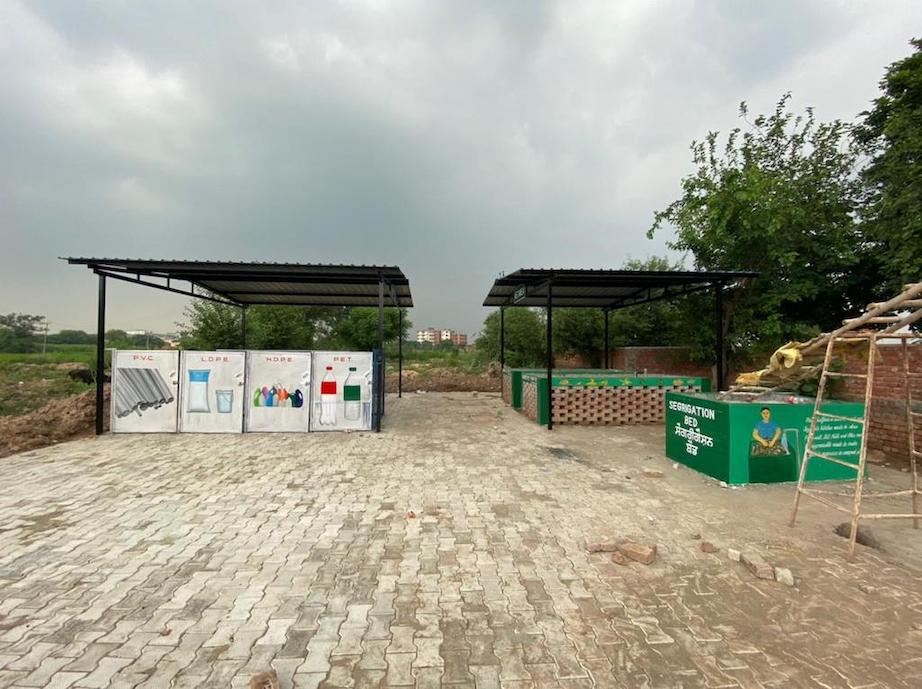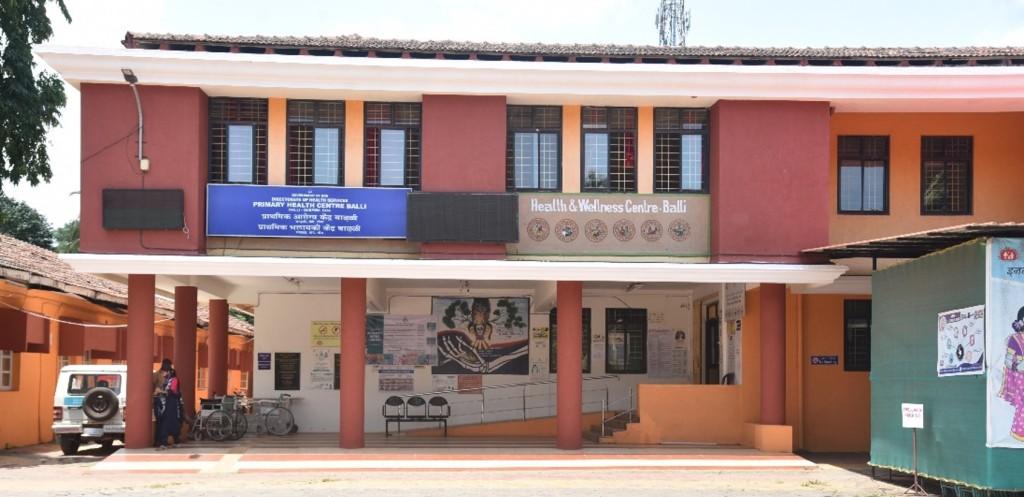The Swachh Bharat campaign that swept across the country helped highlight the burning issue of sanitation as a root cause of many of the critical health issues that plague us. Yet, whilst we have made rapid progress in building toilets and ensuring (almost) blanket coverage, sanitation woes continue to persist. Sadly, many toilets are not being used by the people and lack of waste management mechanisms in rural india – proving that behaviour change truly is at the heart of our 2030 goal on Sanitation.
Adding fuel to the flame, solid and liquid waste management in rural communities is a key cause of the contamination of precious community water bodies and groundwater that, as a water starved country, we rely so heavily upon. Here again, infrastructure solutions are required, but it is only if the people are empowered to use it, will we see radical and sustained change.




